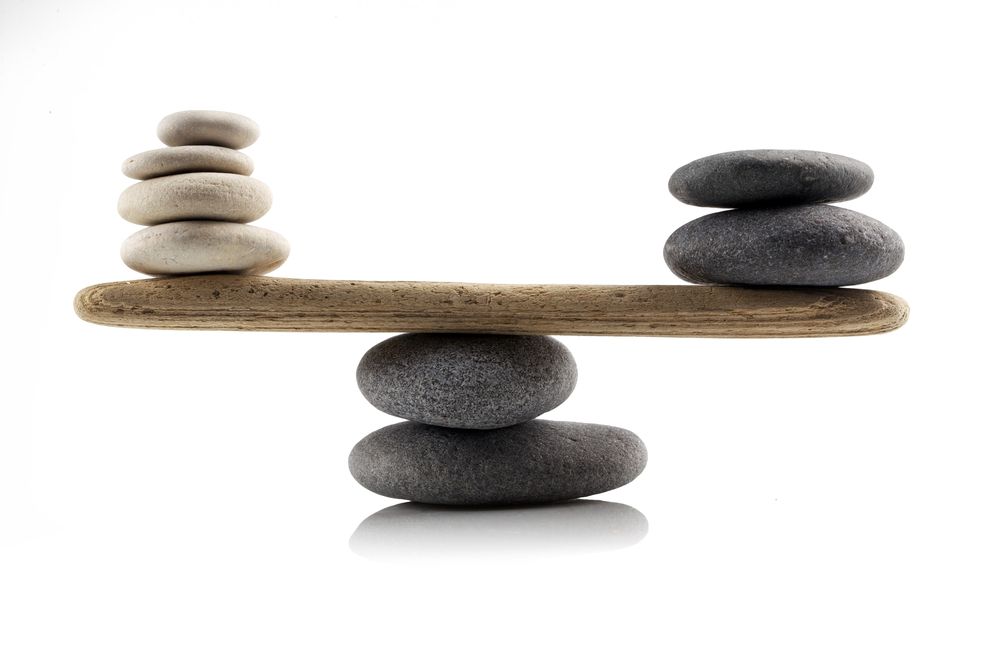- Clinical Technology
- Adult Immunization
- Hepatology
- Pediatric Immunization
- Screening
- Psychiatry
- Allergy
- Women's Health
- Cardiology
- Pediatrics
- Dermatology
- Endocrinology
- Pain Management
- Gastroenterology
- Infectious Disease
- Obesity Medicine
- Rheumatology
- Nephrology
- Neurology
- Pulmonology
Falls End Lives; Good Balance Saves Them
Sage advice for your patients: people who don’t change their behavior to prevent falls are almost sure to have them.
"©Shutterstock.com"

The wisest doctor I know says this to his elderly patients: “There are two keys to having a long and happy life: one is don’t fall; two is stay away from doctors.” (Nicholas Capazzoli)
Two is related to one because doctors often over-prescribe medicines that increase the risk of falls by impairing balance, memory, and judgement.
The odds are I will die of complications following a fall and broken hip. That’s what killed my dad at age 92. My mom survived 6 years after breaking her hip, but they were pretty miserable because she never got back to full ambulation. Many friends and relatives have had their lives ruined by falls.
There is a good chance you, too, will break your hip before you die. And that breaking your hip will either result in an early death or an unhappy old age. A fit body and good balance are key to saving your life and keeping it pleasant.
Annelise Dyrli does research on balance at Trondheim University in Norway. Her advice could make a big difference in how long and how well you live.
Ms Dyrli writes:
“Falling is of major concern for old people, linked with reduced functioning, less independence, and an extremely high mortality rate. According to the WHO, falls account for 40 % of all injury deaths in people aged 65 and over. One-quarter of the elderly who experience a hip fracture die within 1 year. Falling is the fifth leading cause of death in older people, just behind cardiac diseases, cancer, strokes, and lung diseases.
“Many of the risk factors that predict falling interact with one another: increasing age, poor postural control, slow reaction time, lower activity level, diminished vision, impaired balance, medication use, and previous falls. Women fall more often than men. Combining 2 or more of these risk factors poses an even greater threat to the elderly’s independence and life quality.
“This becomes even more complex when taking environmental factors into account. Many old people and their carers fail to recognize hazards in their homes. Bad lighting, old carpets, and slippery bathrooms may suddenly become dangerous threats.
“Research shows that even small amounts of regular physical exercise can reduce falls. Having a previous history of physical activity does not seem to protect against future falls. Being active here and now seems to be the key.
“Even greater effects can be achieved if some of the exercise focuses on specific balance tasks, practiced over and over again. An elderly man once told me that he got up in the morning, pretending to put on his socks, before he actually did. In this way, he practiced what he wanted to be good at.
There is no general balance ability-you have to practice each task. This could include standing on one leg or with the feet close together with minimal use of hands. Exercises that combine balance and resistive training have shown promising results. Tai Chi, a combination of both meditation and movement, has good reductions on fall risk and the fear of falling.
“With terrifying statistics on falls and mortality rate, there is no wonder people are afraid of falling, even though they have no previous history of doing so. This can cause a vicious circle where the fear takes over and socializing and exercising stops. Trying to avoid falls by doing less paradoxically raises the risk of falling.
There is no stopping the aging process, but you can slow it down and prevent falls. Recognizing that you are in the risk zone is a first step; but don’t become too limited by it. If you are afraid of falling, tell someone about it and develop an exercise program together.
“Start simple, go slow, and work together. Exercise is vital for everyday functioning, so trying to be active every day should be a goal for every senior. To practice balance, do specific balance exercises. Do you want to be able to stand on one leg while changing socks? Practice it! And have your friend nearby to help steady you, especially at the beginning.”
Thanks so much, Annelise. It should be “safety first” with every step we take. But of course, this is so hard to do in real life.
We are accustomed to walking without having to think about it or worry about its risks. It seems unnatural to monitor each step or practicing balance. And it is hard to believe that walking to the bathroom at night might be the most dangerous thing you have ever done. But it is.
People who don’t change their behavior to prevent falls are almost sure to have them.
